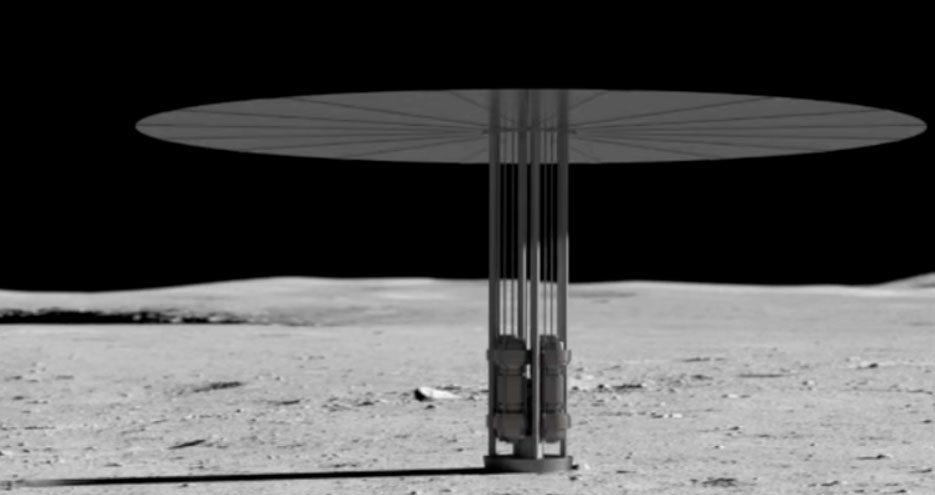La NASA necesita una fuente de energía confiable en la Luna para alimentar sus misiones de exploración espacial. Encargó a tres empresas que desarrollaran conceptos de diseño que permitieran disponer de un sistema de energía nuclear lunar en funcionamiento para fines de la década. Deberá proporcionar al menos 40 Kw de energía, suficiente para hacer funcionar 30 hogares durante 10 años de forma continua. La NASA expresa que la demostración allanará el camino para misiones de larga duración en la Luna y Marte.
NASA needs a reliable energy source on the Moon to fuel its space exploration missions. It tasked three companies to develop design concepts that could see a lunar nuclear power system up and running by the end of the decade.
It will need to provide at least 40Kw of power, enough to run 30 households for 10 years continuously. NASA says the demonstration will pave the way for long-duration missions on the Moon and Mars.
“New technology drives our exploration of the Moon, Mars, and beyond,” Jim Reuter, associate administrator for NASA’s Space Technology Mission Directorate, said. “Developing these early designs will help us lay the groundwork for powering our long-term human presence on other worlds.”
Three 12-month contracts, each valued at approximately $5m, were awarded through the US Department of Energy’s Idaho National Laboratory. Lockheed Martin, Westinghouse, and IX won the contracts. Each will partner with other companies.
“The Fission Surface Power project is a very achievable first step toward the United States establishing nuclear power on the Moon,” Idaho National Laboratory Director John Wagner said. “I look forward to seeing what each of these teams will accomplish.”
The technology would be used for future space exploration under the Artemis umbrella. Artemis program aims to land the first woman and first person of color on the Moon and send the first astronauts to Mars. Twenty other countries have signed up for the US-led initiative so far.
Fuente: https://cybernews.com


